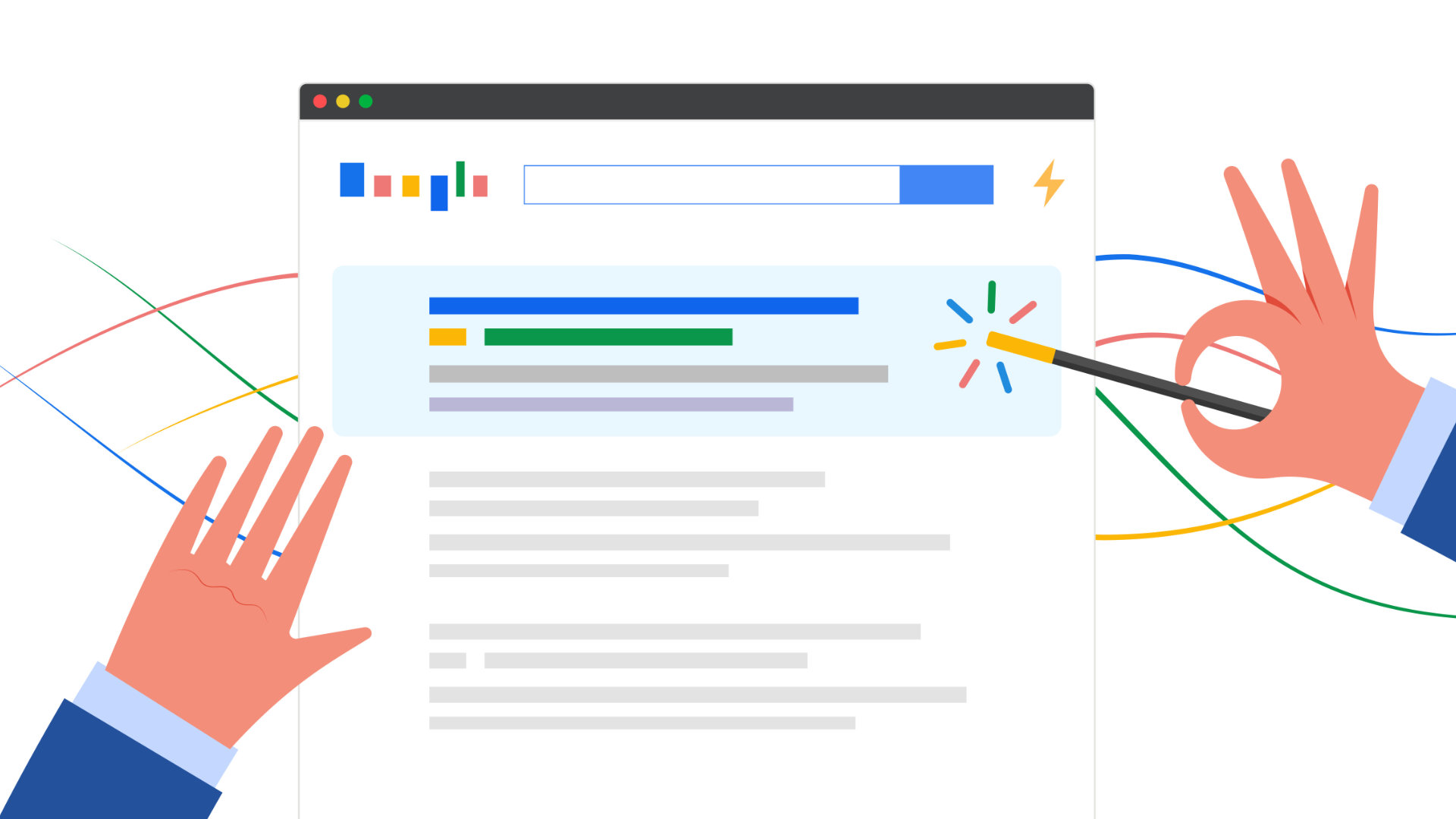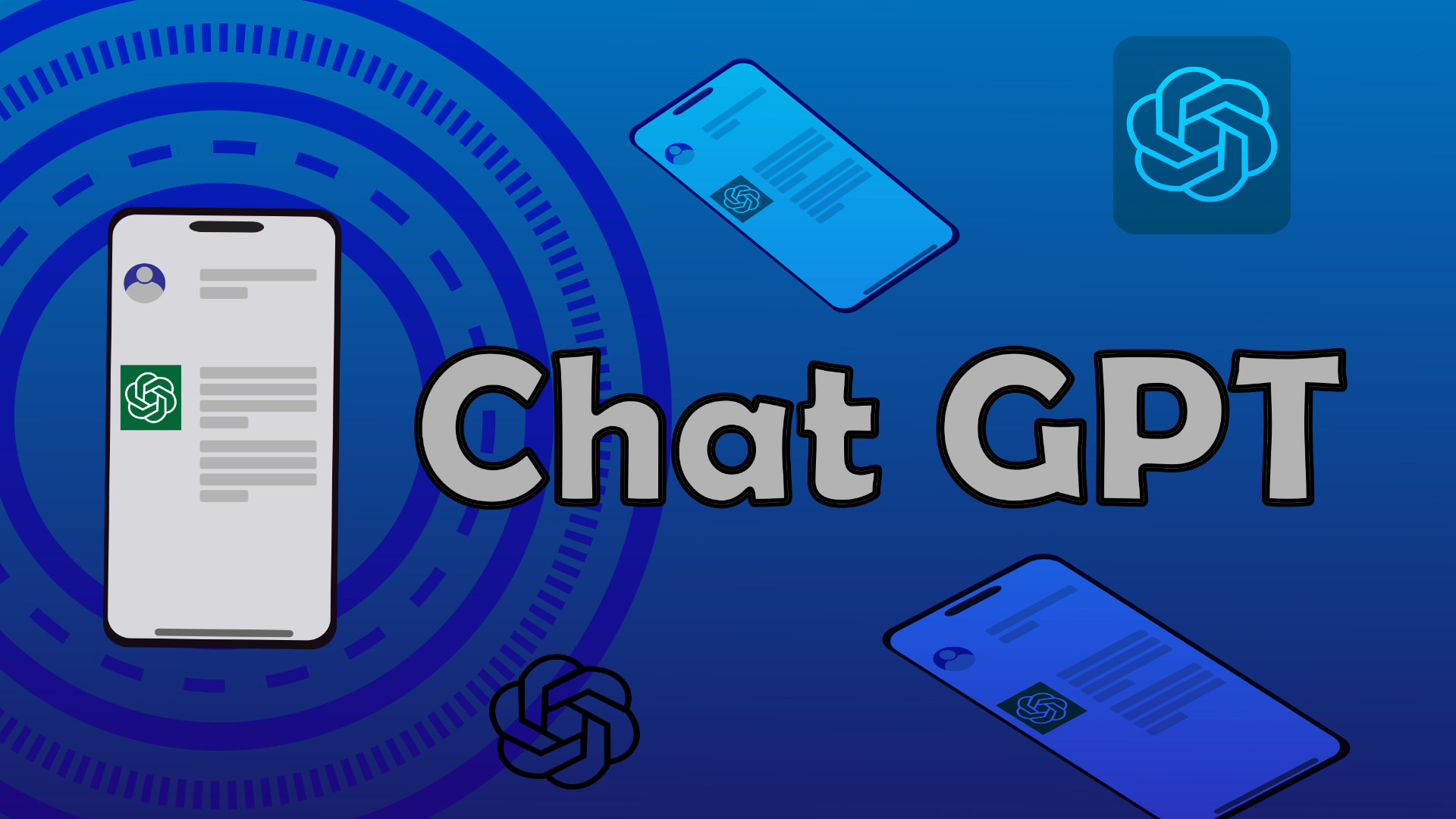
In today’s highly competitive marketplace, forward-looking companies are constantly looking for ways to optimize their advertising efforts — and the two main categories of marketing in which businesses typically invest are inbound and outbound marketing. While both of these approaches aim to expand the customer base and increase revenues, they are quite different in their focus, methods, and overall level of effectiveness.
In the following information, we will discuss what these two strategies are, the forms they take, and the major differences between them. We will also learn why many organizations have decided to lean towards inbound marketing as their predominant advertising channel.
What is Outbound Marketing?
Outbound marketing is a traditional form of advertising that focuses on finding new customers. When a person thinks of outbound marketing, perhaps the stereotypical image of a door-to-door salesman comes to mind. The focus in outbound marketing is on “pushing” the company’s message out to the masses. This strategy often involves a heavy emphasis on aggressive selling techniques and skillful use of persuasion to close the sale.
Forms of Outbound Marketing
- “Cold calling.” This could involve any form of advertising in which a salesperson, or the company represented, has not established a previous relationship with the prospect. The sales rep may contact the prospect over the phone, through a letter, via email, or in person.
- Telemarketing. Perhaps the most annoying form of outbound marketing from the perspective of the average consumer, telemarketing is a cold calling technique that is often automated for maximum reach.
- Trade shows. Businesses often take advantage of sponsored events, such as trade shows, to promote their product or service among an audience that will (hopefully) be inclined to listen.
- Email marketing to consumers on purchased lists. Many commercial organizations buy databases, in whole or in part, that contain the email addresses for a certain subset of consumers. They then reach out to the listed individuals in the hopes of initiating a conversation.
What is Inbound Marketing?
Inbound marketing is almost exactly the opposite of outbound marketing in terms of approach. The focus of inbound marketing is on attracting new customers to your business, instead of actively seeking them out. In other words, instead of looking for ways to “push” a message out, inbound marketers develop strategies to “pull” interested customers into the company’s orbit. When these customers with high intent come across valuable content provided by the company, then they are more likely to do business with it, and even develop a relationship with the brand.
Forms of Inbound Marketing
- Content marketing. This is the most common form of inbound marketing today. Companies generate and publish content to their website, and perhaps affiliated sites, in the hopes of attracting highly interested prospects. These pieces of content may come in many formats, such as blog posts, articles, white papers, eBooks, podcasts, and videos.
- SEO. Search engine optimization is the process of maximizing the value of online content in terms of attracting organic search traffic. SEO has many moving parts, including keyword analysis, schema markup, and metadata optimization.
- Social media marketing. Many modern consumers spend the majority of their free time on social media platforms like Facebook and Instagram. Companies that open social media accounts can upload posts that may catch the eye of target users. Other inbound marketing techniques that involve social media include live video feeds and customer engagements via the comments section.
Key Differences Between Inbound and Outbound Marketing
While inbound and outbound marketing share some similarities, there are significant differences between the two approaches. 3 of these key differentiators are:
Focus
As previously mentioned, outbound marketing is all about pushing a message out to prospects. What this means in practice is that marketers and sales reps can only offer limited value to consumers, if any at all. When salespeople are more focused on the features of their company’s product than the needs of real people, there is an inevitable disconnect between them and their customers.In contrast, inbound marketing techniques are focused on drawing customers in by providing real value without asking for anything in return. This approach can build goodwill for the company within the consumer base, and establish the company as an industry expert — in other words, an authoritative source of assistance in times of need.
Methods
Outbound marketing methods revolve around two basic dilemmas: how to initiate conversations with prospects, and how to persuade those prospects that your company offers the best solution to their problem. As a result, great efforts are exerted by outbound marketers just to find a handful of qualified leads — and then they face the challenge of convincing those leads to do business with their organization, instead of a competitor.On the other hand, inbound marketing methods are designed to make the company as attractive to prospects as possible with a minimum of wasted energy. For instance, SEO techniques can ensure that only searchers with high intent visit the company’s website. Sales reps are thus able to more easily initiate those crucial conversations. And since your visitors already have their interest piqued, it’s a much smoother transition to closing the sale.
Effectiveness
There is certainly a place for both inbound and outbound marketing. However, many organizations have found that outbound marketing works best as a strategy designed to supplement inbound marketing. As your sales and marketing funnel captures more prospects, you can pursue “warm” or “hot” leads by means of outbound tools, while allocating the majority of your resources to your inbound foundation.
Just how effective is inbound vs. outbound marketing? Research indicates that inbound-generated leads cost 60% less than outbound leads. Moreover, inbound techniques typically outperform alternative advertising methods — for instance, content marketing generates up to 3 times more leads per dollar spent than paid search advertising.
Benefits of Inbound Marketing
There are too many benefits of inbound marketing to comprehensively discuss in a single article, but here are 7 key advantages to consider:
- Alignment of sales and marketing departments. When both departments are on the same page when it comes to inbound marketing, they can collaborate to yield exceptional ROI. For instance, sales reps with direct customer-facing experience can give valuable feedback to marketers on high-priority customer needs, pain points, and expectations. Armed with that knowledge, the marketing team can then develop highly targeted content in order to convince and convert the most leads.
- Increased brand visibility. It’s no secret that a position on Google’s first page of search results is prime real estate for digital marketers. When you invest in inbound marketing techniques, you’ll be in a much better position to grow brand visibility and ultimately capture a higher volume of organic search traffic.
- The establishment of “permanent real estate” on the Internet. One of the wonderful things about inbound-driven content is its relative permanence. “Evergreen content” uploaded to a website can stay relevant for several months, even years, with perhaps only an occasional update needed to maintain accuracy. What this means is that you won’t have to continually retread old ground; instead, you’ll have the freedom to take your marketing efforts in new directions, and quickly adapt to the changing market.
- Compounded returns year over year. Once you publish a piece of content to your website or upload a post to your branded social media account, that content will continue to work for you even after you’ve moved on to other tasks. Put another way, the 50 articles your team wrote last month will continue to generate new leads even as your team is working on 50 new articles for this month. In the end, your inbound marketing initiative will result in a compounded return on investment, year after year.
- Enhanced credibility. Many companies need to have a blog with a professional appearance and a certain value threshold in order to be taken seriously by consumers. If you invest in inbound marketing techniques that deliver practical value to your target audience, then over time that user segment will look to your brand as a thought leader in your industry — and those consumers will be much more likely to purchase from you.
- Higher traffic share. One of the primary aims of inbound marketing is to attract high traffic volume. When you implement SEO best practices and leverage all inbound channels available to your company, you’re sure to see an increase in the number of visitors to your website.
- More high-quality leads. There’s an old saying that goes: “You can lead a horse to water, but you can’t make him drink.” However, if the horse is thirsty and comes to a pond of his own free will, then he’s going to gulp down that water. In the same way, when prospects come to your website because they’re already interested in your product, there’s not a big gap between engagement and conversion. Inbound marketing enables you to target those high-quality, high-value consumers above anyone else.
In summary, inbound and outbound marketing both have their place in the world of advertising — but inbound marketing is typically the more cost-effective, efficient, and profitable option of the two. If you’d like to learn more about how to leverage inbound marketing to grow your business, reach out to our team of experts at Fluid Services today.


Appliance Repair Google Listing Suspended? Here’s What To Do

How To Set Up Google Local Services Ads for Appliance Repair Companies

Revolutionizing Appliance Repair: How ChatGPT is Changing the Game

New Fluid Local and Textline Integration

Earn More Google Reviews with Fluid Local

New Scheduling Request for Appliance Repair

5 Benefits of Online Appliance Repair Training

6 Campaigns for Building Online Communities Instead of Audiences

7 Effective Strategies to Improve Your Search Ranking

New Updates to GMB Guidelines for Service Area Businesses

How Your Business Can Survive and Grow in the COVID Economy

How to Optimize a New Windows 10 Pro Installation

How to Install Windows 10 Pro on a new PC

Work from Home Equipment Guide
